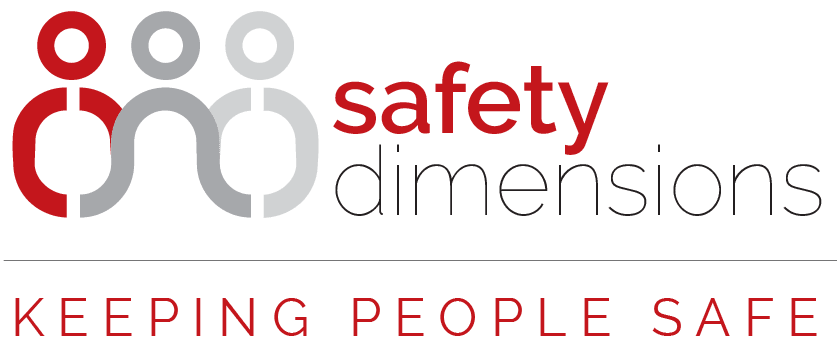As summer temperatures soar around the country, Worksafe Victoria shares some advice about how to prevent heat illness from working outdoors in hot weather or where heat is generated as part of work.
With temperatures predicted to reach above 40 degrees Celsius across much of the state this week, Victorians are reminded to protect themselves against heat-related illness and injuries at work, Victorian WorkCover Authority Health and Safety Director Jarrod Edwards said today.
As the temperature heats up this week, it is important that everyone remembers to work smart and prevent heat-related illnesses, Mr Edwards said.
If you or your employees are working outdoors, look out for one another and look out for signs and symptoms such as heat stroke, fainting, heat exhaustion, cramps, rashes (also called prickly heat) and fatigue.
If you are feeling sick, nauseous, dizzy or weak, stop work and hydrate. Heat-related illnesses arise when the body is unable to properly cope with high temperatures.
It is important to drink a cup of water (approximately 200ml) every 15 to 20 minutes and wearing a wide brimmed hat, sunscreen, sunglasses and loose cotton shirts with collars and sleeves, will also provide you with protection from the hot sun.
Practical solutions such as using fans or air conditioning to increase air flow, erecting shade cloth to reduce heat on work areas and providing regular rest and drink breaks can assist in preventing heat-related illnesses.
Other factors such as the humidity, radiant heat, air movement, the nature and duration of the work, and individual physical fitness levels all play a part in working safely on hot days.
People get tired more quickly in the heat, which can affect their decision making processes and that’s when mistakes can happen and people get injured.
Practical actions to prevent heat illness include modifying workloads, keeping well hydrated and wearing suitable personal protective equipment, he said.
Others ways to manage the risks associated with high temperatures at work include:
- Reschedule work so strenuous tasks are performed during the cooler part of the day;
- Wear light clothing that still provides adequate protection;
- Reduce the time spent doing strenuous tasks (for example, by rotating jobs or by arranging more employees to do the job;
- Provide extra rest breaks in a cool area;
- Provide cool drinking water near the work site and encourage your employees to take more breaks;
- Use mechanical aids to reduce physical exertion; and
- Provide workers with information, instruction and training to manage fatigue and illness associated with high temperatures.
Workplace health and safety laws require the working environment to be safe and without risks to health and safety, so far as is reasonably practicable. This applies to any risk to health and safety, including illness from working in heat.
The Worksafe Workplace Heat Guide
This Guidance Note provides practical advice for employers and employees on heat illness, related health and safety problems and actions/measures that can be taken to prevent or minimise the likelihood of heat illness, particularly for those who work out of office environments.
Reference: https://www.worksafe.vic.gov.au/resources/working-heat

